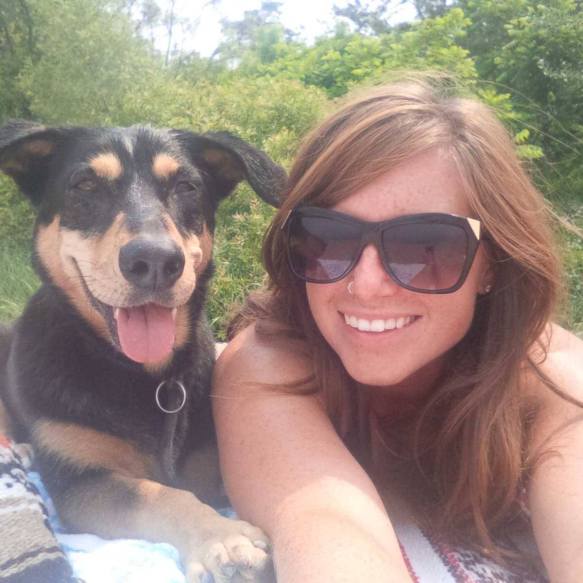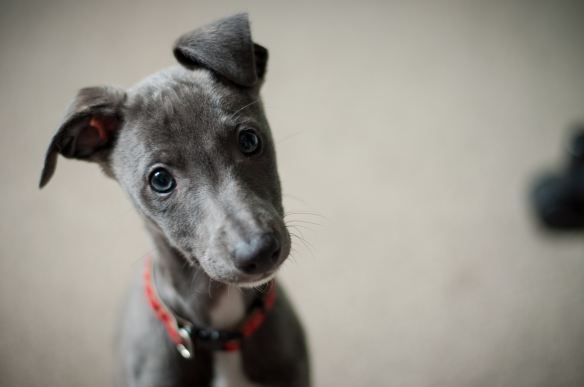5 reasons why now is not the right time to get a dog.

Many people have been contemplating getting a puppy while there are home and self-isolating. I’m a big advocate of adding a dog to your home under the right conditions (especially if it’s an adoption!), but when it comes to the current circumstances, I hate to be the one to burst your bubble – now is quite possibly the worst time to introduce a puppy to your family.
Yes, you may have more time.
Yes, you may be stuck at home with nothing to do.
And yes, maybe a furry friend would keep you company and provide you with unconditional love in uncertain times.
BUT…
Here are 5 important reasons why you should not get a dog during the COVID-19 crisis:
- Routine. Puppies need routine and order to thrive and right now our lives are far from normal. We aren’t working our normal hours, kids are home and not in school, people are stressed and to bring a dog into that environment, in my opinion is selfish and unfair.
- Socialization. You cannot socialize your puppy at this time. Socialization is SO critical for young dogs, especially in the first few months. Being as we’re all in lock down, you wouldn’t be able to take your puppy into stores, over to a friend’s house, or even to a puppy play date to meet other dogs, never mind a Dog Social Club like The Dog Haus. Puppies need exposure to different environments, different people and other dogs in order to be confident and well behaved adult dogs. If we are unable to socialize our dogs in this way then we will end up with insecure, nervous, anxious, reactive, fear aggressive, dogs! And trainers will be overwhelmed trying to reach the demand of all the owners in need after all is said and done. And truthfully all of this could have been avoided by simply thinking this decision through, and not making an impulsive purchase and take a dog into your life because it will cheer you up.
- Training. This is not an ideal time to train your puppy. Every dog requires proper training. This is something you do from day 1 and shouldn’t just be considered once your dog develops issues. With the current state of the world, you can’t take your puppy to obedience classes. You can’t have a trainer come to your house. Although, you can set up virtual lessons online with some trainers, most people will not take advantage of this help and just choose to wing it instead. This will result in some seriously unbalanced dogs when the world does return to normal a few months from now. So in 2-4 months (however long quarantine will last) and when the dog is no longer cute and it’s service no longer needed, the puppy will no doubt find itself abandoned in a shelter do to unsocial behaviours.
- Unstable energy. Our emotions are running high. With all this uncertainty in our lives, the constant worry about getting sick and whether we have enough toilet paper (joking/not joking), we’re all experiencing high levels of anxiety and it’s not fair to raise a dog with all that going on. Dogs pick up on our emotions, and it is safe to say we are not stable at this time and so would not be ideal Pack Leaders for our dogs. A puppy who comes home to a stressed household whose sole purpose is to provide entertainment and unconditional love, will without a doubt develop behavioural problems. Our dogs need us to be a representation of calmness and right now that is the opposite of what we are. Puppies are not meant to hold onto all your emotional baggage and so will become unbalanced, just like their environment and everyone in it, and will either become anxious, shut down and/or aggressive in order to cope.
- Finances. Our finances are unknown at this time. Many people may be struggling financially, and a puppy is something that requires a good chunk of money to take care of. You’ll have vet bills, training bills, food bills, and everything the puppy needs. This can be a big expense, please think about this seriously before making an impulse buy.
Please consider the dog. Please think about how this could implicate them. I beg of you. Do not get a dog at this time.
















